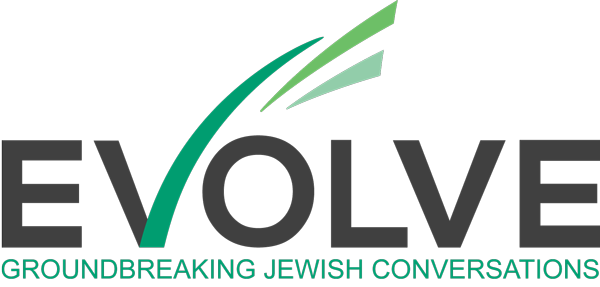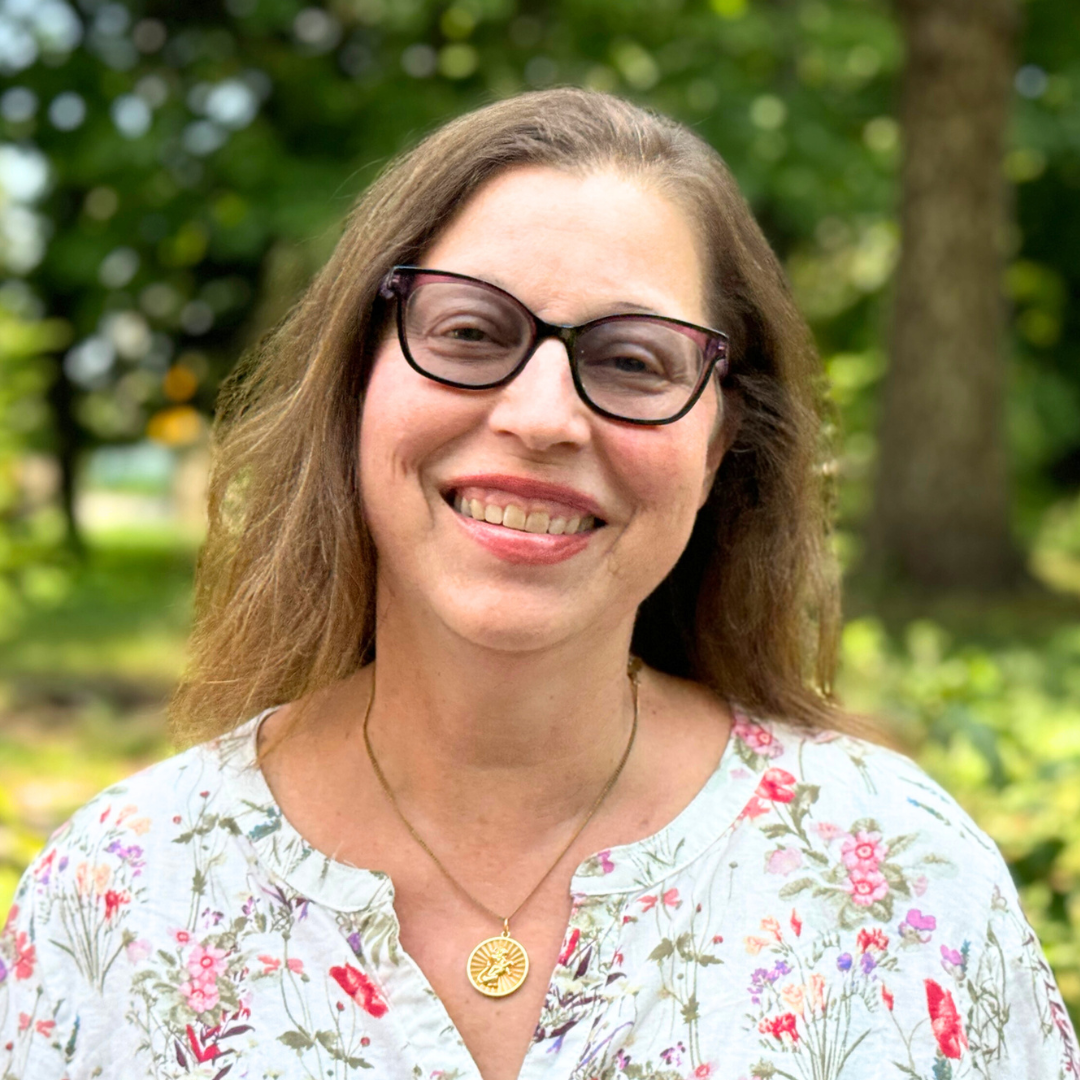“Talking to paper is talking to the divine. Paper is infinitely patient. Each time you scratch on it, you trace part of yourself, and thus part of the world, and thus part of the grammar of the universe.”
— Burghild Nina Holzer
In the mornings when I wake before my 6 o’clock alarm, I stay in bed for a few moments, remembering fragments of my dreams. Sometimes, I speak them into the voice memo of my phone or scratch them into a journal, knowing I’ll come back to examine them later in the day. Paying attention to my dreams, whether I recall fragments, images or full stories that I could never consciously create, is one way that I connect to messages from deep in my unconscious mind, allowing me to welcome lost and shadowed parts of myself.
On those mornings, I stretch and pee, run downstairs and take my morning meds. Make coffee. Light a candle. Turn on my laptop.
No one in my home is awake but me, not even our Saluki, Odin who is still nestled on my bed, lying on the indentation I made on the sheet. If it’s 4:30 or 5 in the morning, it means I have two hours to work on my memoir before getting ready for my day. This is the magic time for me, when I open to surprise and discovery on the blank page.
I have not always written in the genre of memoir. I first began crafting plays 30-some years ago when I was a theater student. After spending most of my adolescence memorizing lines, rehearsing dramas, musicals and comedies in dark theaters, playwriting was a natural language for me. Through classes and workshops and later with opportunities to stage my own work, I conjured characters and settings, rising and falling action, obstacles and denouement.
What I didn’t understand then — and certainly what was never discussed in any of my playwriting classes — was where the content I was writing emerged from. What is imagination, and why can some of us access it more easily than others? My plays were full of veiled characters who were nothing like me in their external life or circumstance. But looking back now, I can see that those early plays were how I was exploring layers of my own consciousness.
Paying attention to my dreams is one way that I connect to messages from deep in my unconscious mind, allowing me to welcome lost and shadowed parts of myself.
After college, I became an arts reporter and learned to write journalistically. A few years into that work, I also started teaching religious school to supplement my income and found that I loved it. That led to a change of course for me. I went for further studies and eventually earned a master’s degree in Jewish Studies. Throughout my career, I’ve worked as both a Jewish educator and freelance writer. I have continued writing theater reviews. I have also published several nonfiction books, and as an educator, I have written curricula and plays for children.
But a different call came to me in midlife, a creative opening that I never could have imagined. I had lived a great deal of life by my mid-40s: I am a mother of two neurodivergent children, one of whom has an intellectual disability and will need 24/7 care for the rest of his life. I’m also a cancer survivor and someone who has lived with a chronic illness since age 10. I have always been a spiritual seeker — someone not afraid of hard questions, of mysteries that can’t be answered with the logical mind and of looking at conflicts and secrets that generally remain unspoken.
I started yearning to write directly from my lived experience and began by writing personal essays, capturing small chunks of stories and describing what I learned from particular incidents or circumstances. A few years into that writing, patterns began emerging. I sensed a greater story calling me, asking me to bring her to life.
As I began studying the craft of memoir, I found not only a new creative home but also a spiritual one. Many people think of memoir as the province of those among us who have lived extraordinary lives — celebrities and people recognized for outstanding work in their particular fields. But we’re living through a rising genre of memoirs by people like me, who are not famous in any way but who write about our lives not because of external experiences, but as a way of connecting with and sharing our inner worlds.
When I sit in the dark with my candles, when tears sometimes fall on my laptop, I might release secrets that I may not have spoken to even my closest friends or discover yearnings I have not admitted to myself. I write with intimacy and compassion for my physical and emotional wounds, my scars and my healing — not to dwell in them, but to recognize the power of being honest and vulnerable with the wholeness of who I am. I hope and pray that by telling my story, readers will feel a bridge of connection and feel less alone in their everyday human experiences.
I write with intimacy and compassion for my physical and emotional wounds, my scars and my healing — not to dwell in them, but to recognize the power of being honest and vulnerable with the wholeness of who I am.
In writing memoir, I am centered as the protagonist. As I move deeper into my book, it can be both strange and exhilarating to identify myself as a narrator, to describe my particular journey through misbelief to clarity. Last year, I had the opportunity to study with two amazing memoir writers and teachers, Laraine Herring and Gayle Brandeis. I left their memoir program not only feeling a deep connection to my work in progress but with that sense of seeing my story’s narrative arc. In an exercise about what our story is really about, I wrote:
This is a story about Gabrielle Ariella Shulamit, who wants to know what happened to her grandfather’s murdered family because she thinks that if she finds their story, they will stop calling her from the shadows, and that she will be able to feel safe in the world. But Gabrielle ignores the very abilities that might help her: her connections with her intuitive world, her dreams and her ancestral lineage. As a child, she feels lost and frightened in the external world. She faces her own mortality when diagnosed with a chronic illness at age 10. When she doesn’t recognize her own strength to confront ancestral trauma or draw strength from ancestral gifts, parts of her soul break off and leave her. The story starts with meeting Gabrielle as an adult, who days after receiving a cancer diagnosis hears a life-changing voice that bestows her with a mysterious Hebrew name. In trusting that the voice can help her, Gabrielle finally discovers that the fierceness required to live comes from within herself. She gathers the tools she needs not only to reconnect with her lost ancestors, but to recover the parts of her own soul that have broken off. She learns to embrace her imperfect body as beautiful, to find strength in vulnerability and to enter the rest of her life in a way that integrates the innocent, defiant and brave parts of herself.
I’m still deep in the work of my first draft, and I’m sure that the arc of my story may change somewhat as I keep writing. Although I have my eye on a finished product, it is the writing process that is my morning prayer. It is my expression of gratitude. It is my discipline, my north star, my lifeline.
When my story is ready to live outside of me, to live in the world, I hope that it will inspire others to discover the powerful spiritual practice of writing their own lives.







